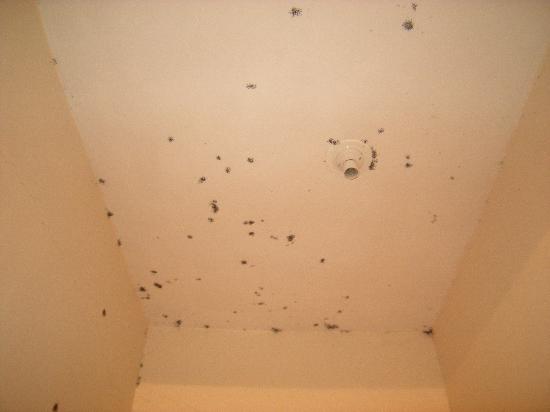Discover the nuances of dealing with unwanted guests with our guide on “Ants In Ceiling.” Learn how to address and prevent ant infestations for a pest-free environment.

Ants In Ceiling: Unraveling the Invasion
Ants infiltrating the ceiling spaces can be a pesky problem, impacting both residential and commercial environments. This comprehensive guide on “Ants In Ceiling” aims to unravel the complexities of ant infestations, offering insights into prevention and elimination strategies.
Understanding the Attraction to Ceiling Spaces
Seeking Shelter and Nesting
Ceiling spaces provide a hidden refuge for ants, offering shelter and a potential nesting site. Understanding the factors that attract ants to these spaces is crucial in developing effective prevention measures.
Tracing Food Sources
Ants are often drawn to ceiling spaces in search of food sources. Leaky pipes, crumbs, or improperly sealed containers can attract these pests, creating an environment conducive to infestations.
Identifying Types of Ants Invading Ceilings
Distinguishing Carpenter Ants
Carpenter ants, known for their ability to nest in wood, are a common culprit in ceiling infestations. Recognizing their distinctive appearance and behavior is key to implementing targeted control measures.
Combatting Odorous House Ants
Odorous house ants, attracted to sweets and food debris, are another frequent invader of ceiling spaces. Identifying their trails and entry points aids in effective eradication.
Signs of Ant Infestation in Ceiling Spaces
Visible Ant Trails
Observing visible ant trails on walls or ceilings is a clear indication of an infestation. These trails may lead to nesting sites or food sources.
Audible Rustling Sounds
Ant colonies in ceiling spaces may produce audible rustling sounds, especially during periods of high activity. Listening for these sounds can help locate nesting sites.
Read too: Understanding and Addressing a Troublesome Water Pocket in Ceiling: Navigating the Dangers
Preventive Measures for Ant Infestations
Sealing Entry Points
Thoroughly inspect and seal any potential entry points in the ceiling, including cracks, gaps, or openings around utility lines. This helps prevent ants from gaining access to the interior.
Proper Food Storage
Maintain proper food storage practices to eliminate potential food sources for ants. Seal food containers, clean up spills promptly, and dispose of garbage regularly.
DIY Ant Control Methods: Ants In Ceiling
Vinegar and Water Solution
A vinegar and water solution sprayed along ant trails can disrupt their pheromone trails, deterring them from returning to the area.
Diatomaceous Earth
Applying diatomaceous earth in ceiling voids can be an effective method for controlling ant infestations. This natural substance dehydrates ants upon contact.
Professional Ant Extermination Services: Ants In Ceiling
Consulting Pest Control Professionals
For severe ant infestations in ceiling spaces, consulting with pest control professionals is advisable. They can conduct a thorough inspection, identify the ant species, and implement targeted extermination methods.
Regular Pest Inspections
Schedule regular pest inspections, especially in areas prone to ant infestations. Early detection allows for prompt intervention and prevents infestations from escalating.
Conclusion: Regaining Control Over Your Ceiling Space
“Ants In Ceiling” can be a persistent issue, but with proactive measures and a comprehensive understanding of ant behavior, you can regain control over your living or working environment. Implement preventive strategies, identify signs of infestations, and, when necessary, seek professional assistance for effective ant eradication. By addressing ant issues promptly, you ensure a pest-free and comfortable space for yourself and those around you.